AP Calculus AB Unit 0 Review
1/68
Earn XP
Description and Tags
The Parent Functions, Algebra 2, Precalculus
Name | Mastery | Learn | Test | Matching | Spaced |
|---|
No study sessions yet.
69 Terms
f(x)=x
Odd
Origin symmetry
The parent function of all lines but vertical ones
Reference Points: (-1,-1), (0,0), (1,1)
Domain D : (-∞,∞)
Range R:(-∞,∞)
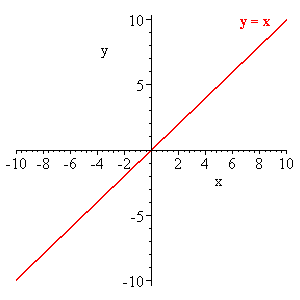
f(x)=x²
even
y-axis symmetry
The even parent function
No negative numbers (zero is non-negative)
Reference Points: (-1,1), (0,0), (1,1)
Domain D: (-∞,∞)
Range R: [0,∞)
For f(x)=x², f(x-a)+b where the vertex is moved to the right a units and moves up b units
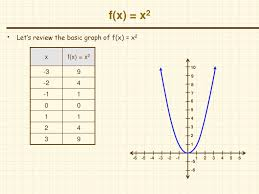
Even Function
Definition: f(-x)= f(x)
Characteristic: y-axis symmetry
Parent Function: x²
Have the same end behavior on both sides
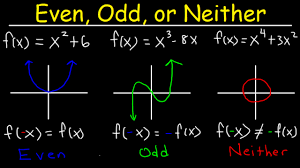
f(x)=x³
Odd
Origin Symmetry
Bends/curve due to being raised to an odd power
Flips at (0,0) and concavity flips to going up
Reference Points: (-1,-1), (0,0), (1,1)
Appears flatter between -1 and 1
Domain D: (-∞,∞)
Range R: (-∞,∞)
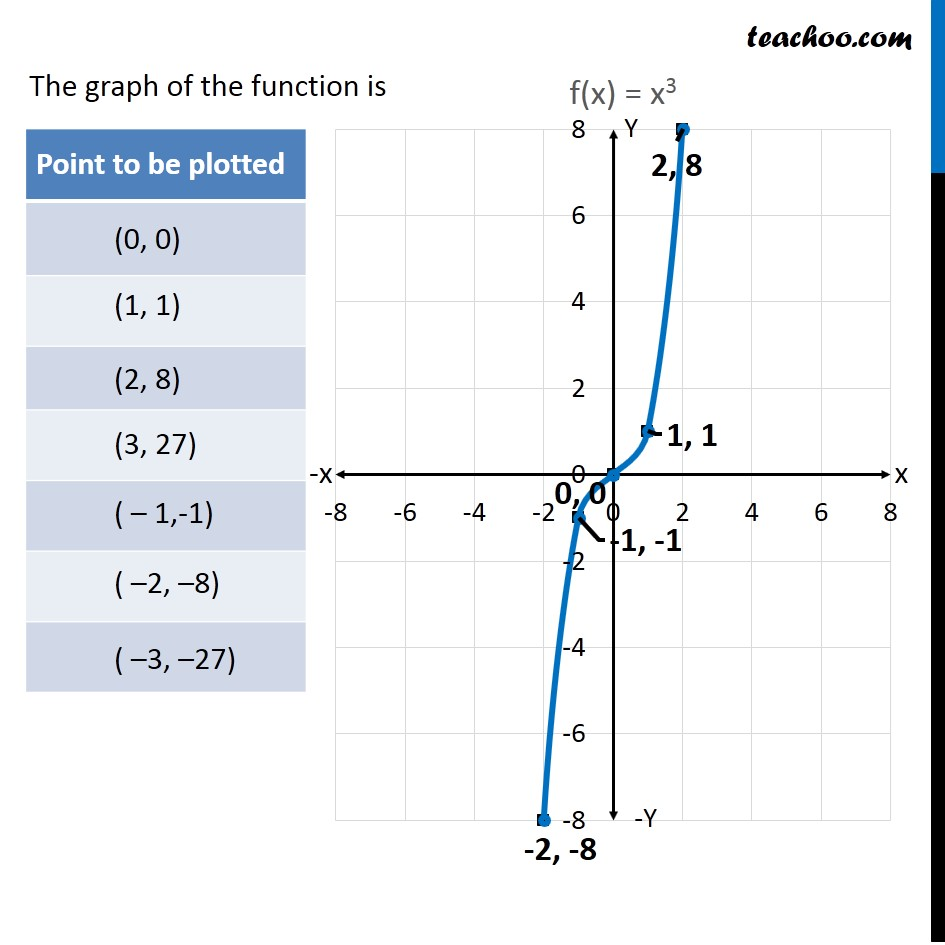
Odd Function
Definition: f(-x)=-f(x)
Characteristic: Origin Symmetry (“Odd“=Origin)
Ex: y=x³
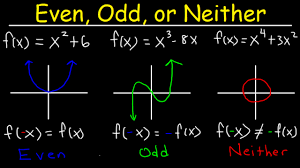
Both Function
Ex: y=0
Both even and odd
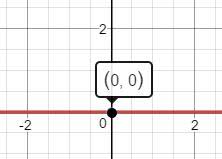
f(x)=x^4
even
y-axis symmetry
Reference Points: (-1,1), (0,0), (1,1)
Also flattens between -1 and 1 and gets more narrow than x² after because it grows faster (almost becomes vertical lines)
It is closer to the x-axis because numbers between 1 and -1 get smaller when you square (multiply it
Domain D: (-∞,∞)
Range R: [0,∞)
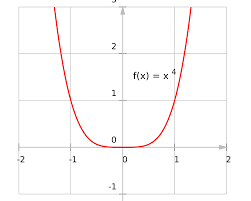
f(x)=|x|
even
y-axis symmetry
Pointy is bad in Calculus (you can’t take the derivative of it!)
Reference Points: (-1,1), (0,0), (1,1)
Domain D: (-∞,∞)
Range R: [0,∞)

f(x)=√(r²-x²)
Top half of a circle/semicircle
Even
y-axis symmetry
Reference Points: (r,0), (-r,0), (0,r)
Domain D: [-r,r]
Range R: [0,r]
![<p>Top half of a circle/semicircle</p><p>Even</p><p>y-axis symmetry</p><p>Reference Points: (r,0), (-r,0), (0,r)</p><p>Domain D: [-r,r]</p><p>Range R: [0,r]</p>](https://knowt-user-attachments.s3.amazonaws.com/0f2723b0-1393-4972-8ae0-1080a1cdfc8f.png)
f(x)=1/x
Odd
Origin symmetry
The parent rational function
Reference Points: (1,1), (-1,-1)
Gets pulled as it approaches [-1,1]
Domain D: (-∞,0)∪(0,∞)
Range R: (-∞,0)∪(0,∞)
VA: x=0
HA: y=0
![<p>Odd</p><p>Origin symmetry</p><p>The parent rational function</p><p>Reference Points: (1,1), (-1,-1)</p><p>Gets pulled as it approaches [-1,1]</p><p>Domain D: (-∞,0)∪(0,∞)</p><p>Range R: (-∞,0)∪(0,∞)</p><p>VA: x=0</p><p>HA: y=0</p>](https://knowt-user-attachments.s3.amazonaws.com/3ac7ab29-557e-4499-98aa-6ae766a56934.png)
f(x)=1/|x|=|1/x|
Even
y-axis symmetry
Reference points: (1,1), (-1,1)
D: (-∞,0)∪(0,∞)
R: (0,∞)
Reflects anything under the x-axis
Ex: |x²-9|
Pretend the absolute value is not there then flip the negatives over the x-axis
Derivative is undefined at -3 and 3 because it is pointy
Still even if you move up or down
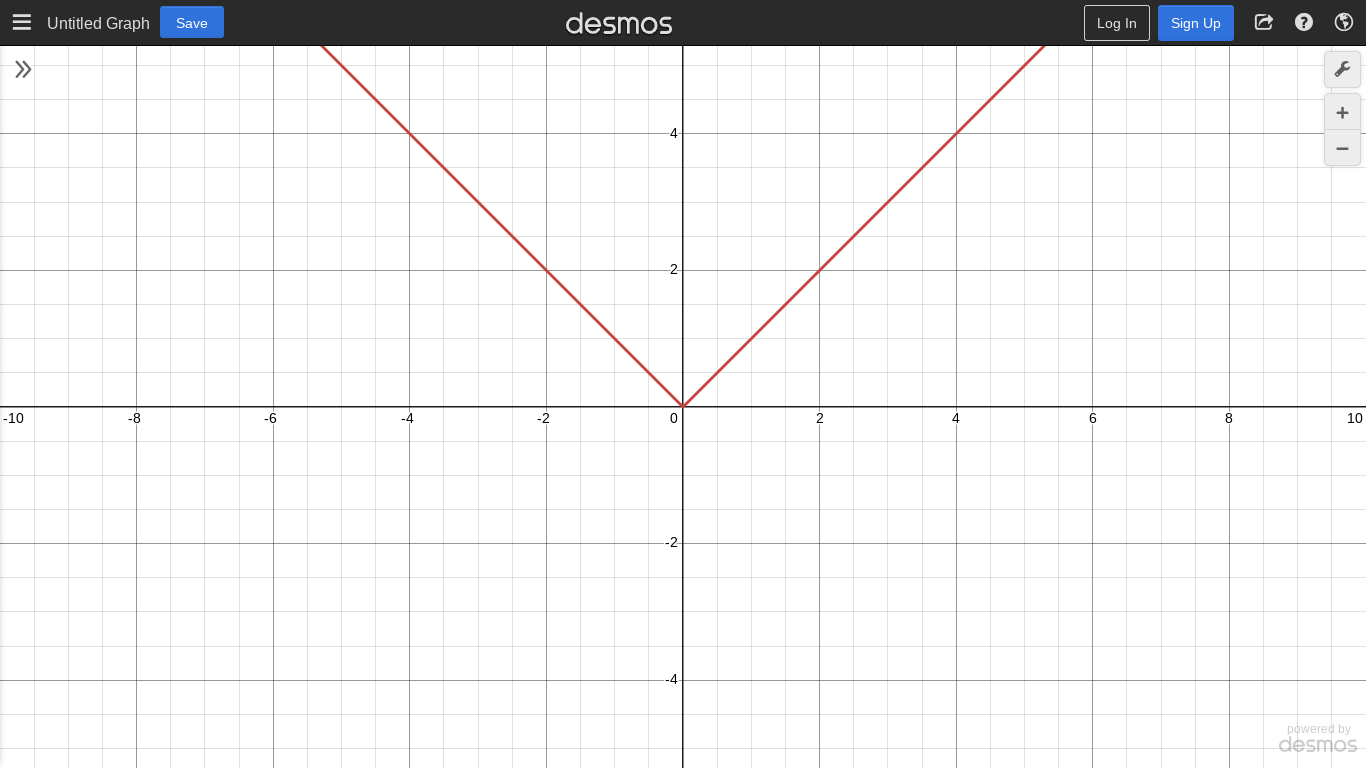
f(x)=1/(x²)
Even (squared)
y-axis symmetry
Reference Points: (1,1), (-1,1)
D: (-∞,0)∪(0,∞)
R: (0,∞)
Approaches x-axis more quickly
Flips the 1/x negative side to the positive because squared on the same axis as |1/x|, further away from the y-axis (approaches VA at slower rate (less powerful) and grows faster)
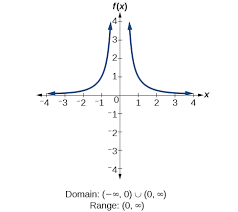
f(x)=1/(x³)
Odd
Origin symmetry
Reference Points: (1,1), (-1,-1)
D: (-∞,0)∪(0,∞)
R: (-∞,0)∪(0,∞)
Approaches x-axis/HA even more quickly and grows faster, approaching y=0 VA even slower
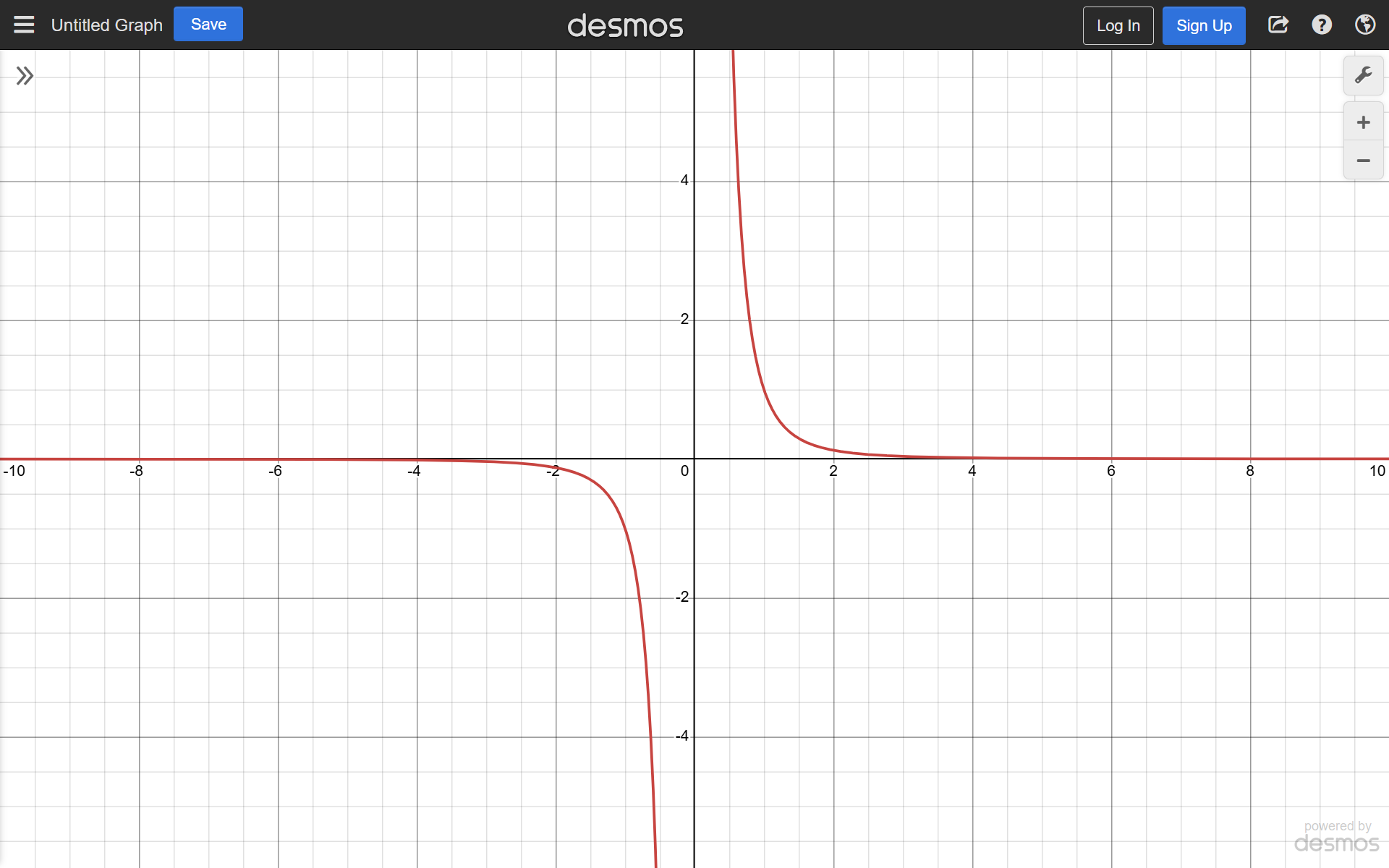
f(x)=√x
Neither even nor odd
Reference Points: (0,0), (1,1)
D: [0,∞)
R: [0,∞)
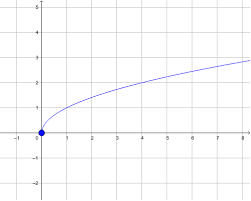
f(x)=∛x
Odd
Not still odd if you move up or down
Reference Points: (0,0), (1,1)
D: (-∞,∞)
R: (-∞,∞)
Slightly flatter than √x, √x is bigger slightly than ∛x
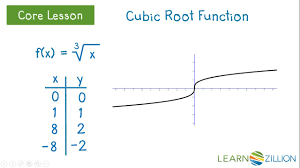
f(x)=1/(√x)
Neither even nor odd
Reference Points: (1,1), (4,0.5)
D:(0,∞)
R: (0,∞)
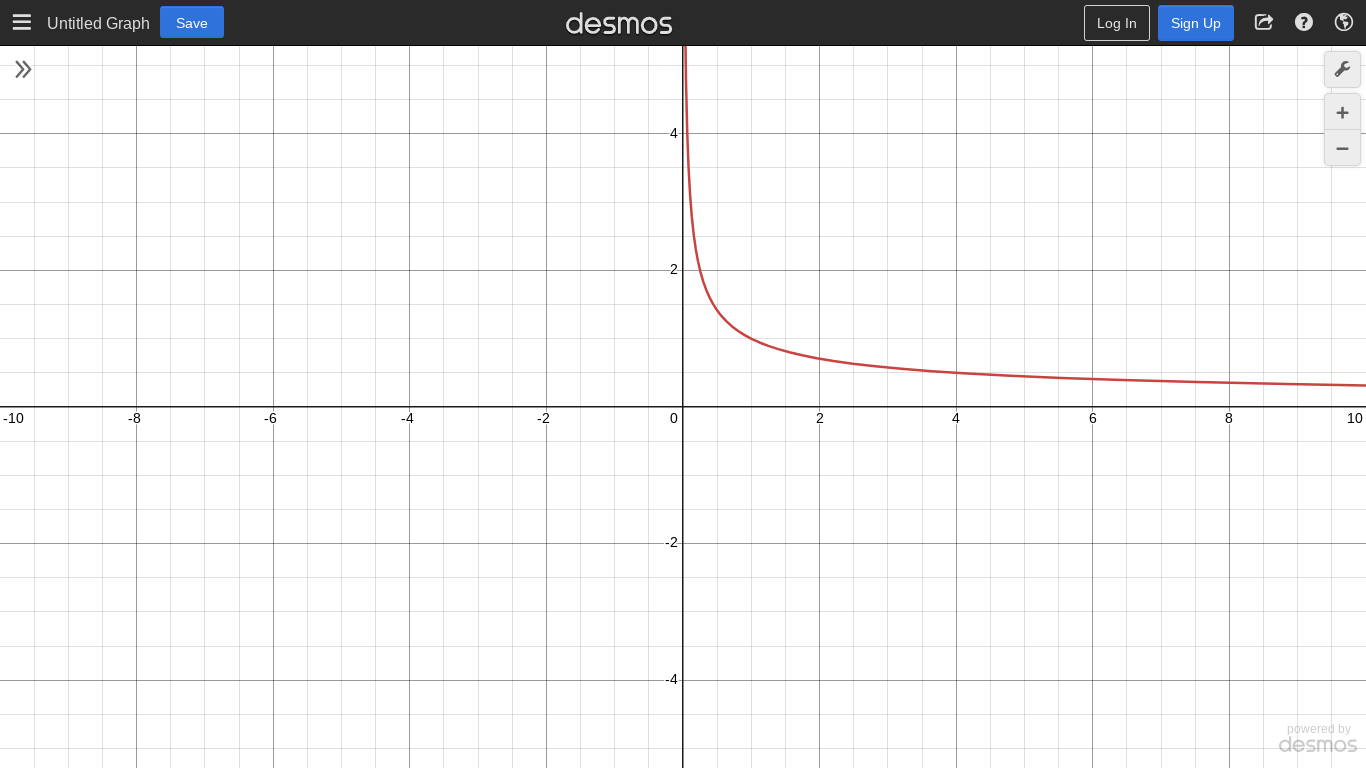
1/(∛x)
Odd
Reference Points: (1,1), (-1,-1)
D: (-∞,0)U(0,∞)
R: (-∞,0)U(0,∞)
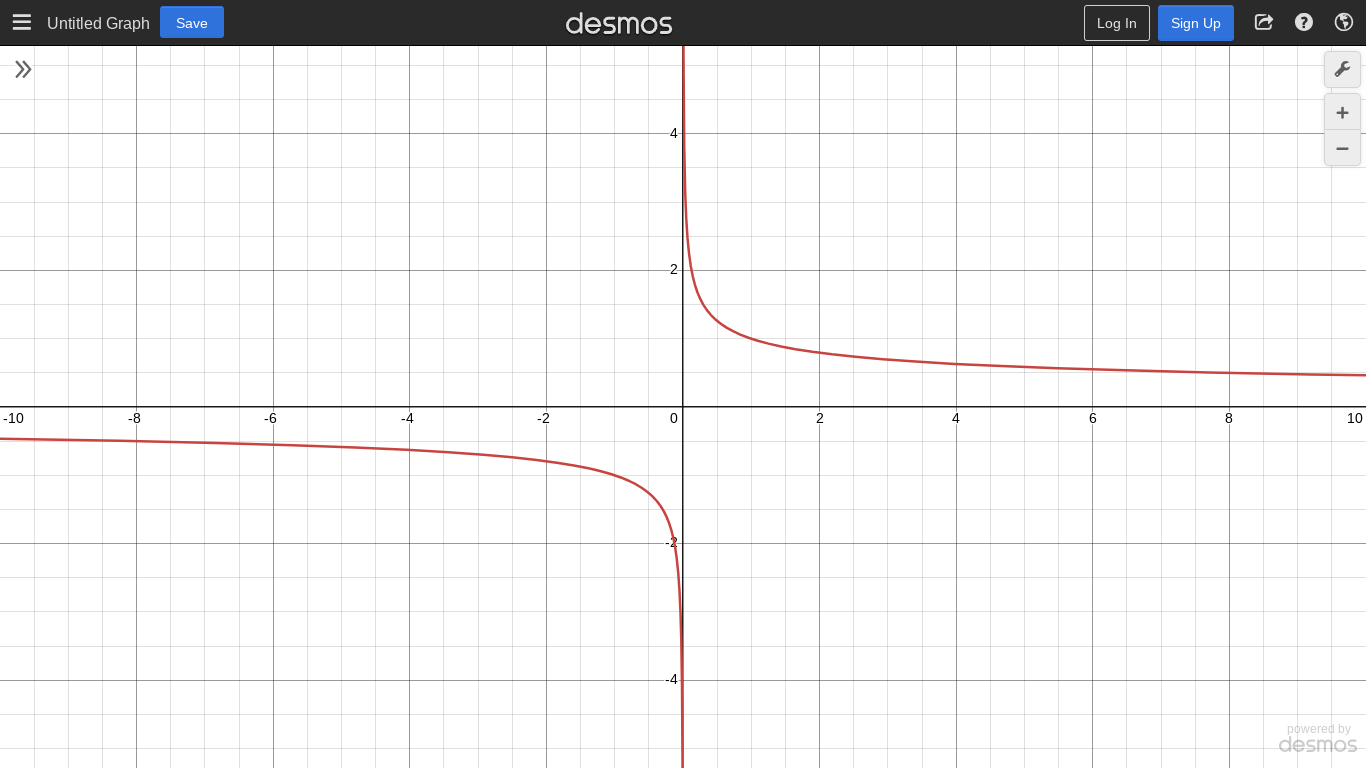
f(x)=e^x
Even
Reference Points: (0,1)
Domain: (-∞,∞)
Range: (0,∞)
y=e^-x flips over the y-axis and becomes exponential decay
y=lnx is the inverse
One-to-one function
y=e^x and y=lnx are symmetric
ass the verticals & horizontal line test
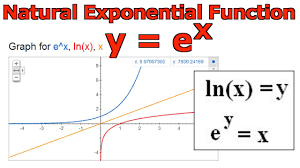
f(x)=lnx
Even
Reference Points: (1,0)
D: [0,∞)
R: (-∞,∞)
Ex: 2lnx grows faster
f(x)=e^x is its inverse
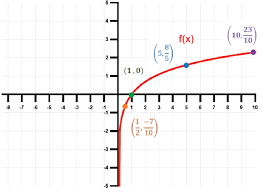
f(x)=sinx
Odd
Reference Points: (0,0), (π/2,1), (π,0), (3π/2,-1)
D: (-∞,∞)
R: (-1,1)
If f(x)=sinx, f(-x)=-sinx. f(-x)=-x so f(x)=xsinx so f(-x)=(-x)(sinx)=xsinx.
f(-x)=even
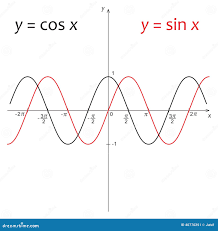
f(x)=sec x
even
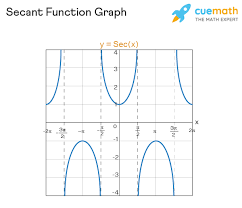
f(x)=cosx
Even
Reference Points: (0,1), (π/2,0), (π,-1), (3π/2,0)
D: (-∞,∞)
R: (-1,1)
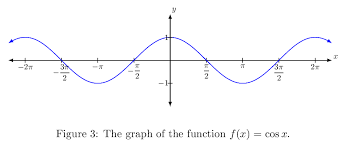
Greatest Integer Function (f(x)=⌊x⌋)
The greatest integer function assigns to each number the greatest integer less than or equal to the number. If we denote the greatest in x by ⌊x⌋ (sometimes called the floor of x), then we have ⌊5.28⌋=5, ⌊5⌋=5, ⌊π⌋=3, ⌊-1.7⌋=-2
*f(x)=⌈x⌉ is the least integer function (ceiling of x) and assigns to each number the least integer greater than or equal to the number)
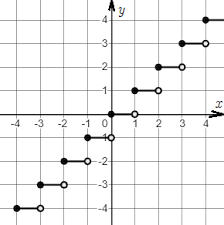
Difference Quoticent
DQ = f(x+h) - f(x) / h
Rationalise the Numerator by multiplying by the denominator
{} in Calculus
Means order does not matter
ie. {x|-4<=x<x<10}={x:-4<=x<x<10} means “the set of all xs such that“
[ ] and () in Calculus
means order does matter
Numbers in Calculus
Always in reals numbers in this class
NO IMAGINARY NUMBERS
Points in this Class
Calculus can only be done on CONTINUOUS DATA not points
Graph Direction
Never go from right to left on graphs
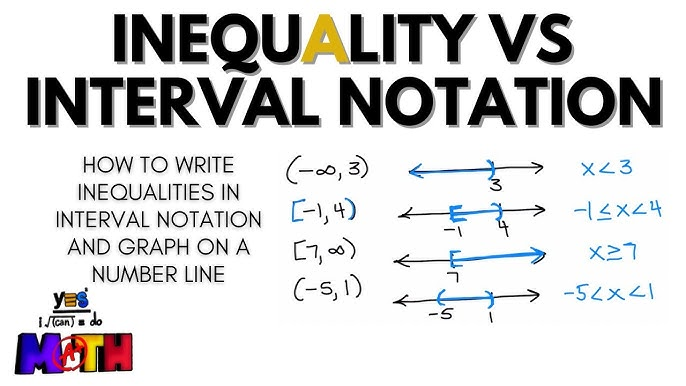
Definitions in Calculus
You HAVE to KNOW DEFINITIONS to justify
x>0 sign
is not POSITIVE but NON-NEGATIVE
Wording on AP Exam
EVERY SINGLE WORD matters to the problem on the AP exam
|x|=
{ x, x>0
{ -x, x<0
|x|=10, b ∈ℝ → x=±b
|x|<10 → -10< xb
|x|>10 → 10 <x, x< -b
Absolute value in Calculus
You cannot do Calculus on Absolute Value & must use PIECEWISE FUNCTIONS
Circles in Calculus
Cannot do Calculus on circle (non-function)
Standard Form of a Circle
x²+y²+Cx+By+C=0
(x-h)²+(y-k)²=r²
This makes a circle
Number of roots of a Polynomial (Fundamental Theorem of Algebra)
If f(x) is a polynomial of degree n>0 and f(a)=0, then (x-a) is a factor of f(x) and f(x)/(x-a) is a polynomial of degree n-1. So repeatedly applying the FToA, we find that f(x) has exactly n complex zeroes counting multiplicity.
Ex: x³-9x=0 has either 3 real roots or 1 & 2 imaginary (non-real complex roots come in conjugate pairs, so there cannot be 2 real & 1 imaginary)
Equation of half of a circle
Top half: y= +√(r²-x²)
Bottom half: y= -√(r²-x²)
Centre (0,0)
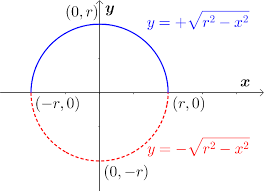
Commutative Property
Ex: 4^x=(2²)^x=(2^x)²
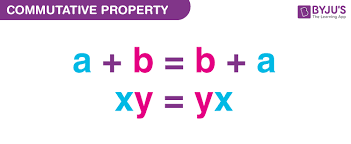
Square Root Property
If b∈ℝ (elememt of the reals) and x²=b, then x±√b
Conic Sections in Calculus
The conic sections in calculus are mainly ellipses and parabolas
Number Line
A number is smaller than another if it is left of it on the number line
Undefined and Does Not Exist
There is a difference between undefined and “does not exist“
Rationalising Denominators in Calculus
No need to rationalise denominators
Vertical Line
x=C
Slope undefined

Horizontal Line
y=C
0 Slope
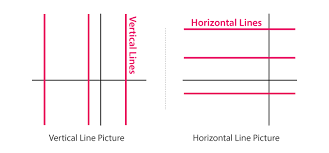
Derivative
Derivative is the slope of a straight line
Vertical Stretch
Growing faster= vertically stretch= grows more narrow

Vertical Compression
Growing slower= vertical compression= grows more wide

cos(0)
1
Amplitude of Function
Impacts Range
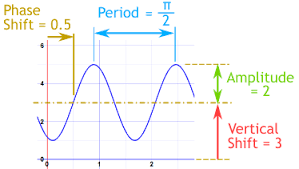
Phase Shift of Function
Translates Φ units to the left
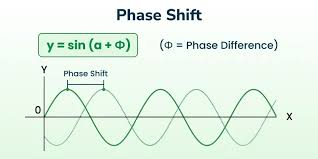
Numerical
Data
Inverse Function
f(g(x))=g(f(x))
f(x) and g(x) are inverses if f and g composed can only be x
Ex: f(x)=√x, g(x)=x²
f(g(x))=√x²=|x|
g(f(x))= (√x²)=x
Inequalities in Range
Ex: 0<y<∞
y gets closed to but never = 0 & is positive
Difference Quotient Characteristics
(f(x+h)-f(x))/h (USE PARENTHESIS)
In a difference quotient, everything without Xs cancels
Everything remaining should have an h & therefore something should cancel
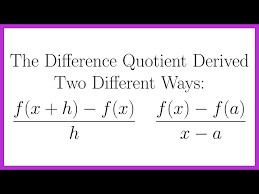
Exponent only acts upon its base
Ex: Exponent only acts upon its base, which is e and not 6 because of no parenthesis in 6e^(2ln4+3)=6(e^2ln4)(e³)
Rational Functions
Polynomial/Polynomial
If f(x)= (p(x))/(q(x)), p(x) & q(x) are polynomials, then it is a rational function
D: (-∞,∞), q(x)=/=0
Have either a horizontal or an oblique asymptote
Horizontal asymptotes in rational functions have to do with the degree in the numerator and denominator
degree (denominator)> degree (numerator) (very small number close to zero when you plug things in) so y=0
No x-intercept
Ex: f(x)=(-30)/(x²+2) where the bottom is always positive and -30 cannot be set equal to 0. There are only negatives in the range, and -30/(x²+2)=anything but 0
No vertical Asymptotes
The denominator isn’t 0
Vertical Asymptotes
Are much stronger than horizontal, as they can allow variation up to one time
Asymptote
Asymptotes pull the (act as magnets) functions towards them
Number of y-intercepts of Function
Only 1 y-intercept because a function passes the vertical line test
Limits at Finite Numbers
When approaching a finite number as opposed to ∞ or -∞, as x →z (#) y→w (#)
Average Rate of Change
Slope of secant line (a,f(a)) and (b, f(b)) is the average rate of change over [a,b]
Rounding in Calculus
Round to 3 decimals even in intermediate steps, or truncate
Be Able to Find
Zeroes of functions
Zeroes of curves
Points of intersection
Take a numerical derivative
Numerical integral
Zoom Standard
[-10,10]X[-10,10]
(with -10 being the x and y-min and 10 being the x and y-max)
Trace
Trace step is trash